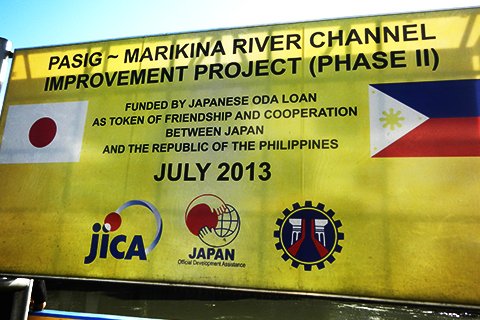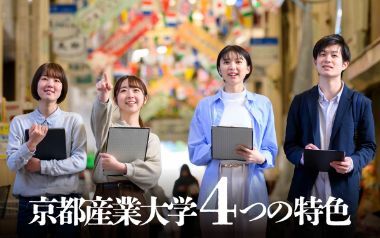Japanese ODA: Change and Continuity
2023.04.17
In April 2023, the Japanese government announced plans to revise its Development Cooperation Charter. This charter outlines the goals, principles and guidelines for Japan's overseas development cooperation. A big part of this development cooperation is Official Development Assistance (ODA), which is the name given to the foreign aid that member countries of the OECD give to developing countries to assist in their development.
Change
There seem to be a couple of important changes. One of these changes is perhaps more of a revision, or reemphasis, and concerns the government's policy to support the vision of a "Free and Open Indo-Pacific". The other important change is possibly more significant. This change might fundamentally change the way that Japan provides ODA. It is stated that Japan will move towards an "offer-type" method of giving aid, and move away from waiting for requests for aid from recipients, so-called "request-based". It is expected that this shift would allow Japan to give aid more effectively, and this is very important because it is probably not possible for the government to raise overall ODA spending so significantly, because of the poor situation regarding Japanese public finance. Before we look into this shift in further detail, let's briefly look at changes to Japan's ODA over the years.
Interestingly, the last major revision to Japanese ODA policy was in 2014-5, when then-Foreign Minister Fumio Kishida announced that, because of the evolving international situation, he planned to review the ODA Charter. The ODA Charter had been unchanged since it was adopted by a cabinet decision in 1992. Following the decision by Foreign Minister Kishida, a new Development Cooperation Charter was approved by the cabinet in 2015. The Development Cooperation Charter was intended to broaden the scope of Japan's development assistance to include both public and private flows to developing countries.
Continuity
The history of Japan's ODA goes back to the 1950s reparations agreements that Japan needed to sign with the countries of Southeast Asia that had suffered during World War Two. Japan needed to sign these agreements both as part of Peace Agreements with these countries, but also as frameworks for international cooperation that would help rebuild these nations as well as Japan, which had been damaged just as severely by the war. Therefore, it was necessary for Japan, which had very limited resources at this time, to provide aid that would both facilitate development in the recipient country, and also in Japan. This is of course, the essence of international cooperation: mutual benefit.
Change?
Now, we can get back to the important change in the Development Assistance Charter review of 2023. Since the beginning of Japan's ODA in the 1950s, Japanese development aid has been given according to a "request-based" formula. In principle this means that the developing country makes a request to the Japanese Embassy in that country, and this request is then sent to Tokyo. The reality is of course quite different. Japanese companies and consultancies have offices overseas in the developing countries that receive ODA from Japan. Many of these companies and consultancies carry out both privately-financed projects and publicly-financed projects (ODA). These are key stakeholders, along with recipient country governments, in the "business" of ODA. It is often the case that these Japanese companies and consultancies collaborate with the recipient country government in making applications to the Japanese Embassy for ODA. It may seem that this is not really "request-based" aid. However, the government of the recipient country is responsibility for national development, and if it requests aid from Japan, even in collaboration with a private company, then that is its right.
Results
Japanese ODA is often criticized for not being in alignment with international development norms. The previously outlined "request-based" system is one such thing that is often highlighted as not being beneficial for developing countries. However, no system or process of giving development aid is perfect, and the fact that there are still many poor countries around the world is evidence of this. Even after seventy years of considerable development aid many countries seem unable to develop economically. Having said this, many countries around the world have developed successfully, and many of these countries are in Southeast Asia. While development is very complex, and it is very difficult to identify single factors that lead to development, it is surely the case that development cooperation from Japan has been an important factor in the success of Southeast Asian development. Indeed, many of the people's of Southeast Asia have this understanding. It seems fair to say that the people's of Southeast Asia, and the people's of other developing countries, want Japan to continue providing effective aid that will contribute to their country's development.

パトリック ストレフォード 教授
ODA/政府開発援助






